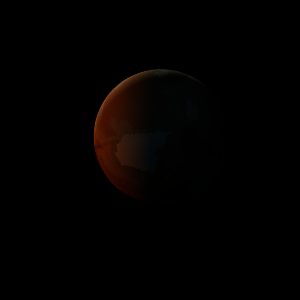|
|
Space Astro
|
Info for exoplanet "Getsu-myuzo"
| Scientific (actual) data |
|---|
| Name | K2-11 b |
| Planet status | Confirmed |
| Radius | 0.674 |
| Orbital period | 39.9377 |
| Semi major axis | 0.2257 |
| Discovered | 2015 |
| Updated | 2024-08-16 |
| Tconj | 2456830 |
| Temperature (kelvin) | 734 |
| Publication | Published in a refereed paper |
| Detection type | Primary Transit |
| Radius measurement type | Primary Transit |
| Alternate names | EPIC 201596316 b, WISE J111610.04+015912.3 b, EPIC 201596316.01, 2MASS J11161006+0159128 b |
| Star name | K2-11 |
| Right ascension | 169.04° |
| Declination | 1.99° |
| Mag v | 13.4 |
| Mag j | 11.865 |
| Mag h | 11.458 |
| Star distance | 332.46 |
| Star metallicity | 0.1 |
| Star mass | 0.9 |
| Star radius | 0.85 |
| Star sp type | G8V |
| Star age | 3.76 |
| Star temperature | 5257 |
| Star alternate names | EPIC 201596316, 2MASS J11161006+0159128, WISE J111610.04+015912.3 |
| Wikipedia article | K2-11 b |
Back
| |
| Fictional info (?) |
|---|
| Suggested name | Getsu-myuzo |
| Planet type | Cold planet |
| The volume of water ice in the south polar ice cap, if melted, would be sufficient to cover the entire planetary surface to a depth of 18 meters.
A prominent result is the "great red spot", a giant storm that is known to have existed for centuries since it was first detected by scanner. |
| Atmosphere | Nitric oxide | 94% |
| Hydrogen deuteride (HD) | 5.6% |
| Ethane | 0.32% |
| Atmospheric pressure | 80 bar |
 |
| No known satellites |
| Google search for Getsu-myuzo |
|
Website by Joachim Michaelis
|
|
|
|